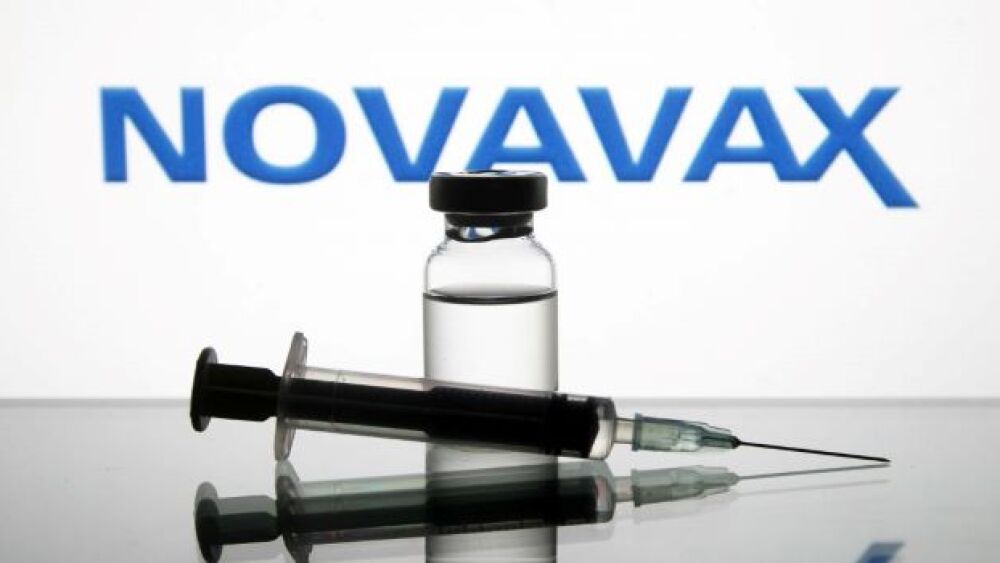There’s been another milestone in the history of biotech: The world’s first RNAi gene-silencing drug, Alnylam Pharmaceuticals’ Onpattro, got approved on August 10. That makes 2018 a landmark year. But another year—2014—may prove just as influential for the field and how it develops.
There’s been another milestone in the history of biotech: The world’s first RNAi gene-silencing drug, Alnylam Pharmaceuticals’ Onpattro, got approved on August 10. That makes 2018 a landmark year. But another year—2014—may prove just as influential for the field and how it develops.
Alnylam…and RNAi itself…didn’t look like such a good bet four years ago as big pharma bailed out of RNAi en masse. Merck had acquired Sirna Therapeutics for $1.1 billion in 2006, flush with enthusiasm, but then entered a long period of silence with apparently little progress. It sold off a few key assets and patents to Alnylam in 2014 for $175 million before exiting the field. Roche did something similar the same year, selling off assets to Arrowhead Pharmaceuticals that it had acquired in 2008. And Novartis, likewise, bailed out in 2014, citing “ongoing challenges with formulation and delivery and the reality that the current range of medically relevant targets where siRNA may be used is quite narrow.” The smart money, it seemed, was betting against RNAi.
Fast forward today, and that makes for a very interesting playing field. Expertise and intellectual property around RNAi have been unevenly concentrated in a few dozen smaller companies, many still private.
That’s a lot of potential opportunity and relatively few hands. To hear Alnylam talk about it, RNAi is now where monoclonal antibodies were around the turn of the century—kinks worked out and ready to explode. And it’s true that Alnylam alone could have as many as five RNAi products on the market by the end of 2020.
Other companies are heating up, too. This month, Sirnaomics announced it was launching its first clinical trial of an RNAi therapeutic in bile duct cancer—a potentially massive new frontier for the field. Other companies are looking at everything from heart disease to infectious disease. Gene silencing does indeed promise a new kind of access to our biology, including ways to modulate previously “undruggable” targets.
RNAi’s Not So Well-Kept Secret
But there is one lingering problem. The problem of getting RNAi into cells—the problem that caused big pharma to largely bail out of the field a few years ago—has been overcome using lipid delivery systems that are largely taken up in the liver. That’s why just about every advanced RNAi program relies on gene silencing that can take place in the liver alone, whether it’s shutting down transthyretin, PCSK9, COX-2, or antithrombin--all expressed largely or wholly in the liver.
There are some exceptions emerging. Quark Pharmaceuticals is developing siRNA drugs that are delivered to the eye, a largely closed biological system. miRagen is targeting microRNA to the skin, where clearance is likely to be slower. These and other alternatives may turn out to be successful—but that’s not yet established, and for now, there appear to be some clear limits on where RNAi can go.
That may be why big pharma isn’t quite kicking itself for bailing out too soon. With their preferred focus on cancer, large companies may be just as happy to come in as late-stage partners for the largely orphan indications that are likely to remain the focus on RNAi companies for the time being.
At the same time, as limitations go, gene-silencing in the liver isn’t a bad one. It opens up a lot of possibilities and gives smaller (or even mid-sized companies like Alnylam) plenty of freedom to operate and build large commercial businesses. This may not quite be like the birth of monoclonal antibodies, but RNAi is likely to become a significant therapeutic modality over the next decade.





